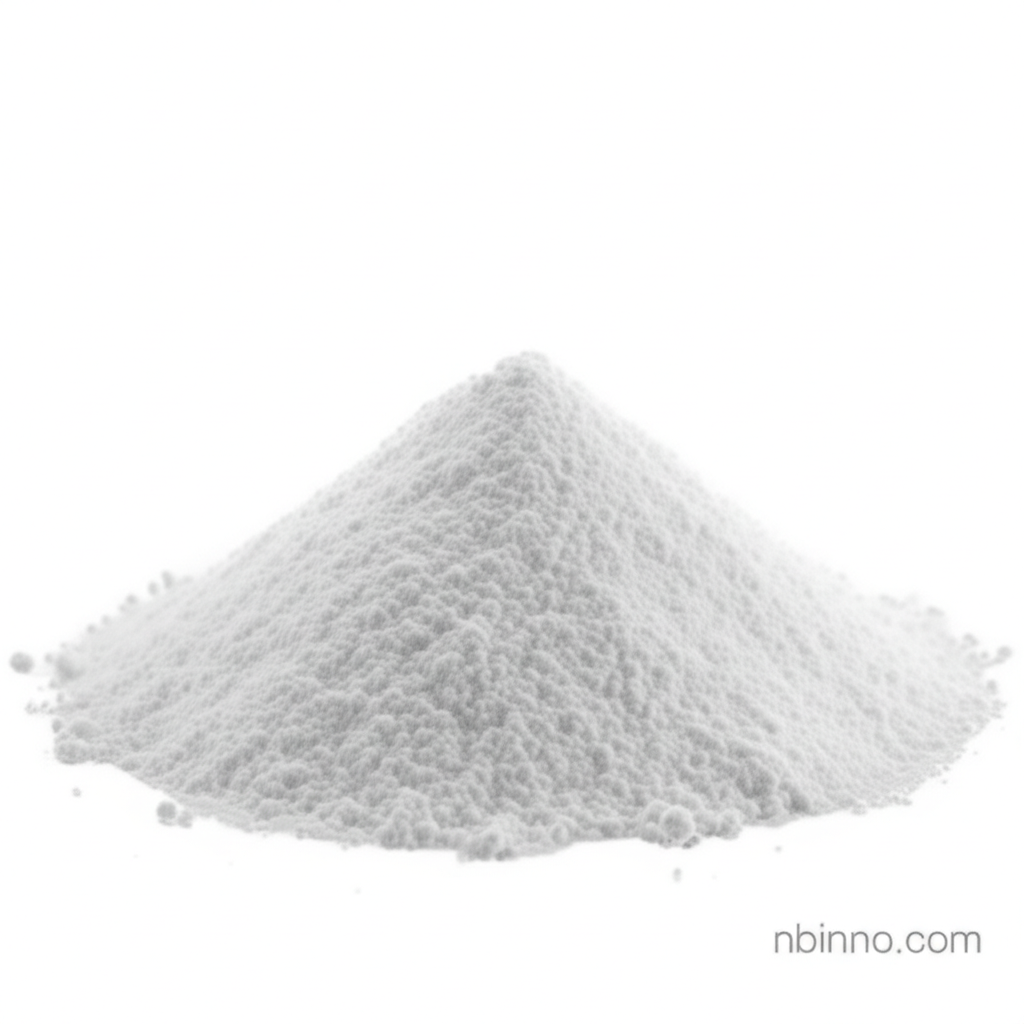Fmoc-DBZ-OH: A Versatile Building Block for Peptide Synthesis and Chemical Innovations
Discover the critical role of Fmoc-DBZ-OH in advancing peptide synthesis and chemical research.
Get a Quote & SampleProduct Core Value

Fmoc-DBZ-OH
Fmoc-DBZ-OH is an essential chemical compound primarily used as a specialized building block and linker in peptide synthesis. Its unique structure facilitates the creation of complex peptide chains and other advanced biomolecules.
- Explore the role of Fmoc-DBZ-OH in advanced peptide synthesis, a critical component for creating novel therapeutic agents and research tools.
- Understand the significance of its CAS number, 1071446-05-3, for precise identification and sourcing in chemical procurement.
- Leverage this high-purity chemical intermediate for reliable results in your organic synthesis projects.
- Discover how this diaminobenzoic acid derivative serves as a crucial linker for peptide thioester synthesis, enabling innovative molecular designs.
Key Advantages
Precision in Peptide Synthesis
Utilize Fmoc-DBZ-OH for its critical role in peptide synthesis, ensuring the accurate incorporation of amino acids and the formation of desired peptide sequences.
Chemical Linker Functionality
Benefit from Fmoc-DBZ-OH's ability to act as a versatile linker in various chemical applications, particularly in the creation of peptide thioesters for specialized research.
High Purity and Reliability
Ensure the success of your research with a chemical intermediate that boasts a purity of ≥95.0%, providing reliable and reproducible results in your experiments.
Key Applications
Peptide Synthesis
Fmoc-DBZ-OH is indispensable for solid-phase peptide synthesis (SPPS), enabling the sequential addition of amino acids to build complex peptide chains.
Biotechnology Research
This compound finds extensive use in biotechnology for developing novel therapeutic peptides and researching biomolecular interactions.
Organic Synthesis
As a versatile intermediate, Fmoc-DBZ-OH is employed in various organic synthesis pathways for creating complex molecules.
Chemical Linker Applications
Its function as a linker is crucial in areas like peptide thioester synthesis, allowing for the formation of specialized chemical conjugates.
